Sisham | Indian Rosewood | ٹاہلی | شیشم
₨3,510.00 Original price was: ₨3,510.00.₨2,886.00Current price is: ₨2,886.00.
Sheesham is among the finest cabinet and veneer timbers. It is the wood from which mridanga, the Rajasthani percussion instrument, are often made. In addition to musical instruments, it is used for plywood, agricultural tools, flooring, and as a bentwood, and for turning
Out of stock
Description for Sisham, Indian Rosewood
Dalbergia sissoo, known commonly as North Indian Rosewood, is a fast-growing, hardy deciduous rosewood tree native to the Indian Subcontinent and Southern Iran. D. Sissoo is a large, crooked tree with long, leathery leaves and whitish or pink flowers.
| Common name | Flower colours | Bloom time | Height | Difficulty |
|---|---|---|---|---|
| Sisu, tahli, tali, irugudujava, biradi. | Whitish to pink, | September-December. | 4 to 7 feet | Easy to grow |
Planting and care
Plant sesame in full sunlight spaced 2-3 feet apart to allow healthy development. Once established, sesame can thrive even in high temperatures with little water. Flowers will eventually develop into dozens of elongated seed pods. Seeds are ready to be harvested when these pods turn brown and begin to open.
| Sunlight | Soil | Water | Temperature | Fertilizer |
|---|---|---|---|---|
| Full Sun to Partial Shade | Well-drained soil | Medium | 77 to 80 degrees C | Apply any organic fertilizer |
Caring for Sisham
- Sesame is best started indoors 4 weeks prior to the last frost of spring. Seeds should be sown in a lightweight potting medium, approximately 1/4″” or less beneath the surface of the soil. Keep moist. Seeds can be collected once most of the seed pods have turned green.
Typical uses of Sisham
Special features: The monsoon crop is planted in May and harvested in August, quickly unleashing new supplies into markets
Ornamental use: The plant is used for ornamental purpose
Medicinal use: Unverified information Leaves are antibilious. Seeds are demulcant, diuretic, tonic, muscilaginous and aphrodesiac. Used in male impotence, gonorrhoea, and incontinence.
References
- http://www.flowersofindia.net/risearch/search.php?query=Sesame&stpos=0&stype=AND
Be the first to review “Sisham | Indian Rosewood | ٹاہلی | شیشم” Cancel reply
You must be logged in to post a comment.
Only logged in customers who have purchased this product may write a review.
See some of our delivered orders by Clicking here
Applicable on Plants Only: As plants are diverse in appearance, the image is for reference. The plant delivered may vary in size. Price is according to the plant size delivered.
"For Plants Only " All our plants come in living room ready condition in a high quality plastic pot. See The PotRelated products
Outdoor Plants
Outdoor Plants
Palm Trees
Outdoor Plants
Outdoor Plants
Indoor Plants

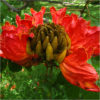
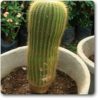
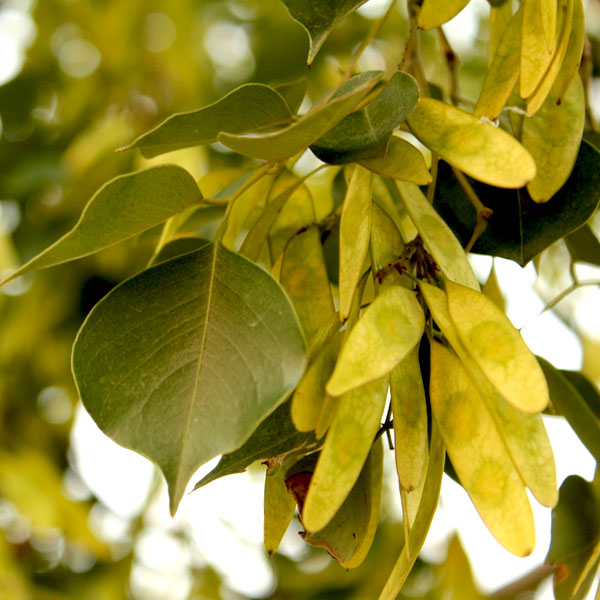
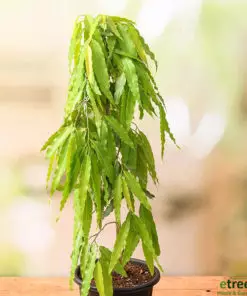
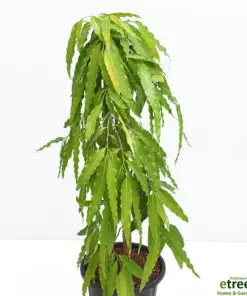
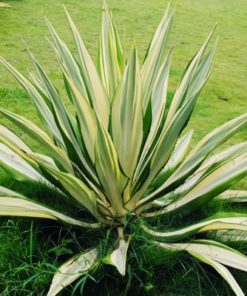
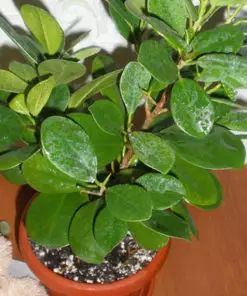
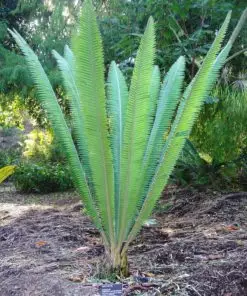
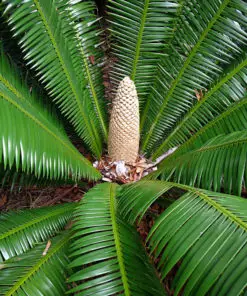
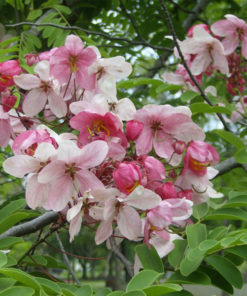
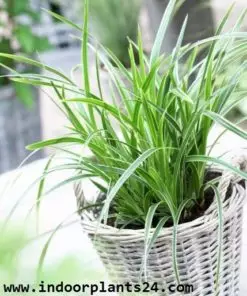
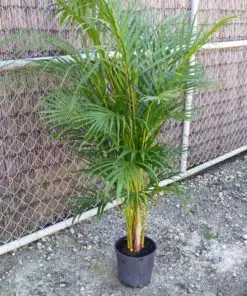
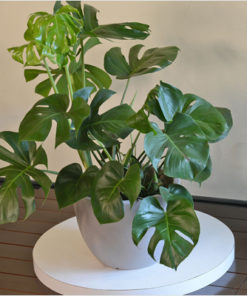
Reviews
There are no reviews yet.